A True Adventure: Fun and Tasty Ways to Use a Cooking Torch
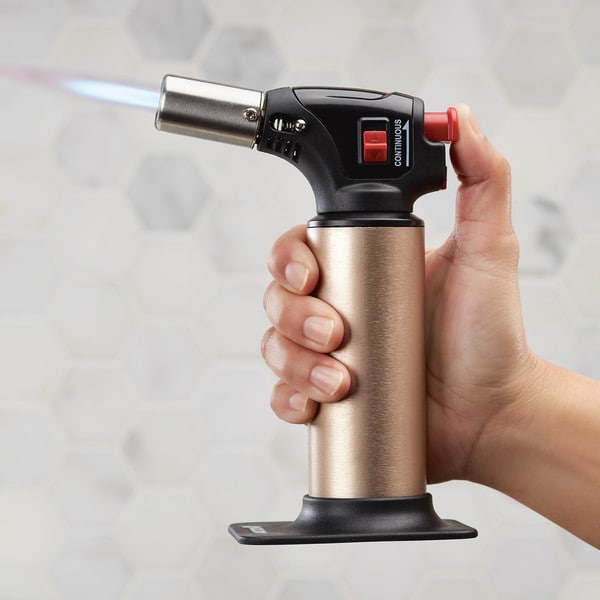
Embarrassingly, until very recently I thought a culinary torch was basically a single use item. I was convinced this was a tool only used to make crème brulee and not much else. For this reason I’ve never really been interested in getting one.
But once I got past my limiting fixed belief, here’s what I discovered: A culinary torch shoots out a stream of hot fire. And do you know what can be really helpful in the kitchen? A stream of HOT FIRE. (Here’s where you go, “DUH!”)
I feel so stupid over how long it’s taken me to figure this out. Anyway, consider all these wonderful uses for a culinary torch:
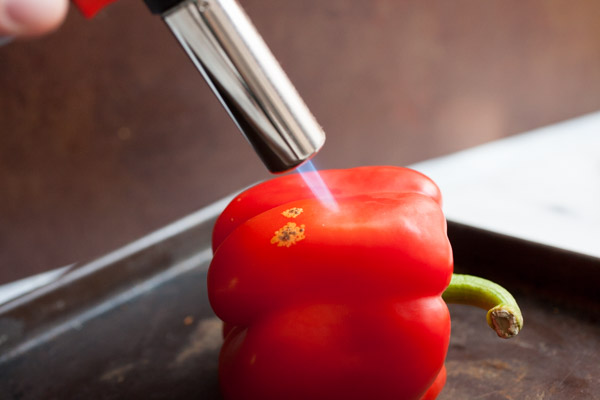
PEELING PEPPERS. This is a truly fast way to peel peppers. The cool thing about using a torch for this is that it just blisters the outermost layer of skin, leaving most of the pepper still crisp. Obviously, if you’re looking for a more roasted pepper texture, then you’ll want to use a different method, but peeling peppers like this works great!
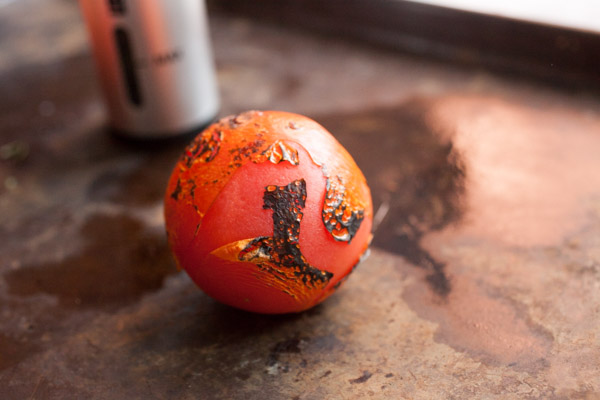
BLISTERING TOMATOES. Tomatoes are even easier to eat and taste even better when skinless. Forget the old way of dunking them in hot water with an X on them. Just run a torch over the skin and it shrivels up and almost peels off on its own. Amazing!
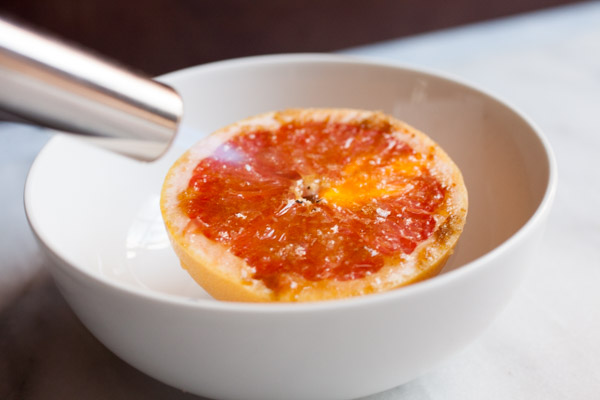
GRILLING GRAPEFRUIT. This time of year I eat grapefruit for breakfast a few times a week, and while I thoroughly enjoy them, they can get a bit boring. So to jazz it up, sprinkle on a pinch of cayenne, brown sugar, and salt to the top and then torch it up. Brulee grapefruit!
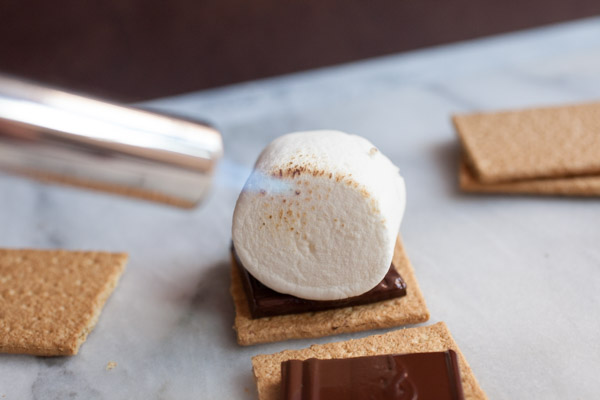
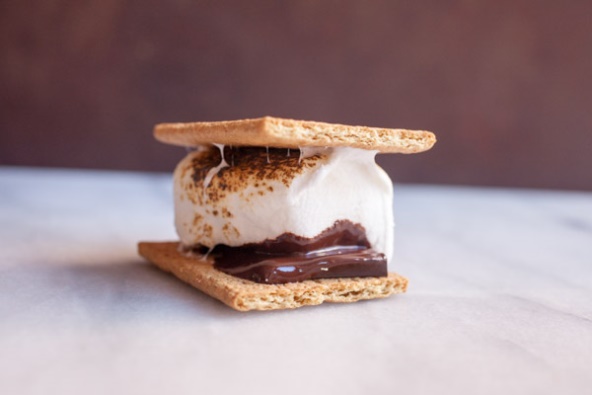
ROASTING MARSHMALLOWS. This should be a no brainer, but you no longer need a campfire to make s’mores. The key with these is to be careful. Keep your heat on low and work slowly so you don’t completely blacken the marshmallow. You can even add a smidge of heat to the chocolate bar. This technique makes one gooey s’more!
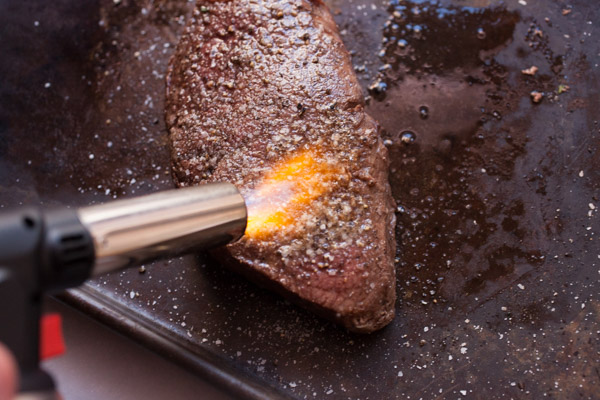
SUGARING STEAK. This is a new one on me, but come to find out, there’s an old Denver steakhouse that serves something called a sugar steak. It’s exactly like what it sounds and fans say it’s really good. This takes really high heat, so here’s where a culinary torch shines.
Basically cook your steak as you would (cast iron skillet, grill, whatever), then add a mixture of sugar, salt, and pepper to it. Recommended amounts are 3 parts sugar – 1 part kosher salt – 1 part coarse ground pepper. When the steak is done, sprinkle it generously with this mixture and then caramelize the sugar on top with your torch.
The result is a very delicious steak with a crackling crust. And because the heat is so focused it won’t mess up your perfectly cooked steak.
Convinced enough to consider getting this tool, if you don’t already have it? Me too. Now there lots of culinary torches available. You can spend $15 or $100. My sense is that a middle-of-the-road model might be the smart way to go. You want one that’s relatively easy to fill up and has a nice stable grip. Just know that whatever torch you use may not light on the first try. It’s not a big deal and the chefs I researched said it’s common with equipment like this.
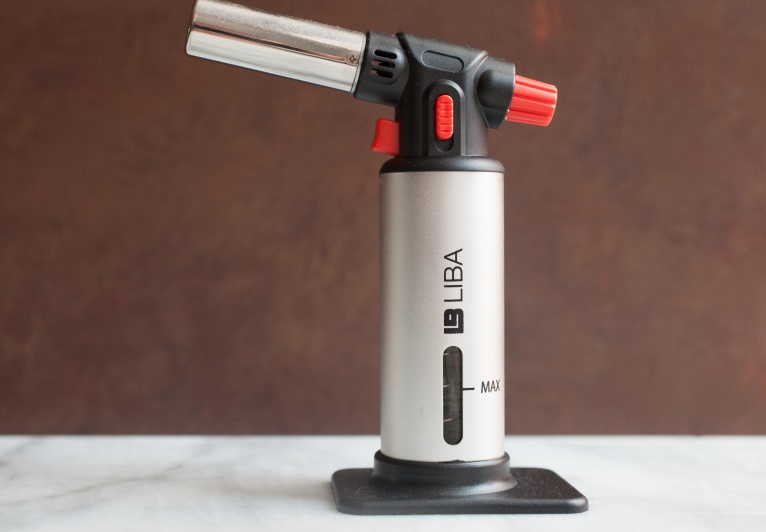
For a first timer looking to get into the culinary torch world, this is a good model. You’ll also need some butane canisters to fill them up. Consider buying a few small ones when you buy your torch. If you’ve ever filled up a refillable lighter, filling up a torch is the same idea.
In short, I’ve completely come embraced the culinary torch and can see I’ll be using mine pretty much weekly! If any of you Cook’n pros out there have this tool and use it in a way I haven’t mentioned, please do share with us. This is going to be a true adventure.
- www.overstock.come
- www.macheesmo.come
 Alice Osborne
Alice Osborne
Weekly Newsletter Contributor since 2006
Email the author! alice@dvo.com
